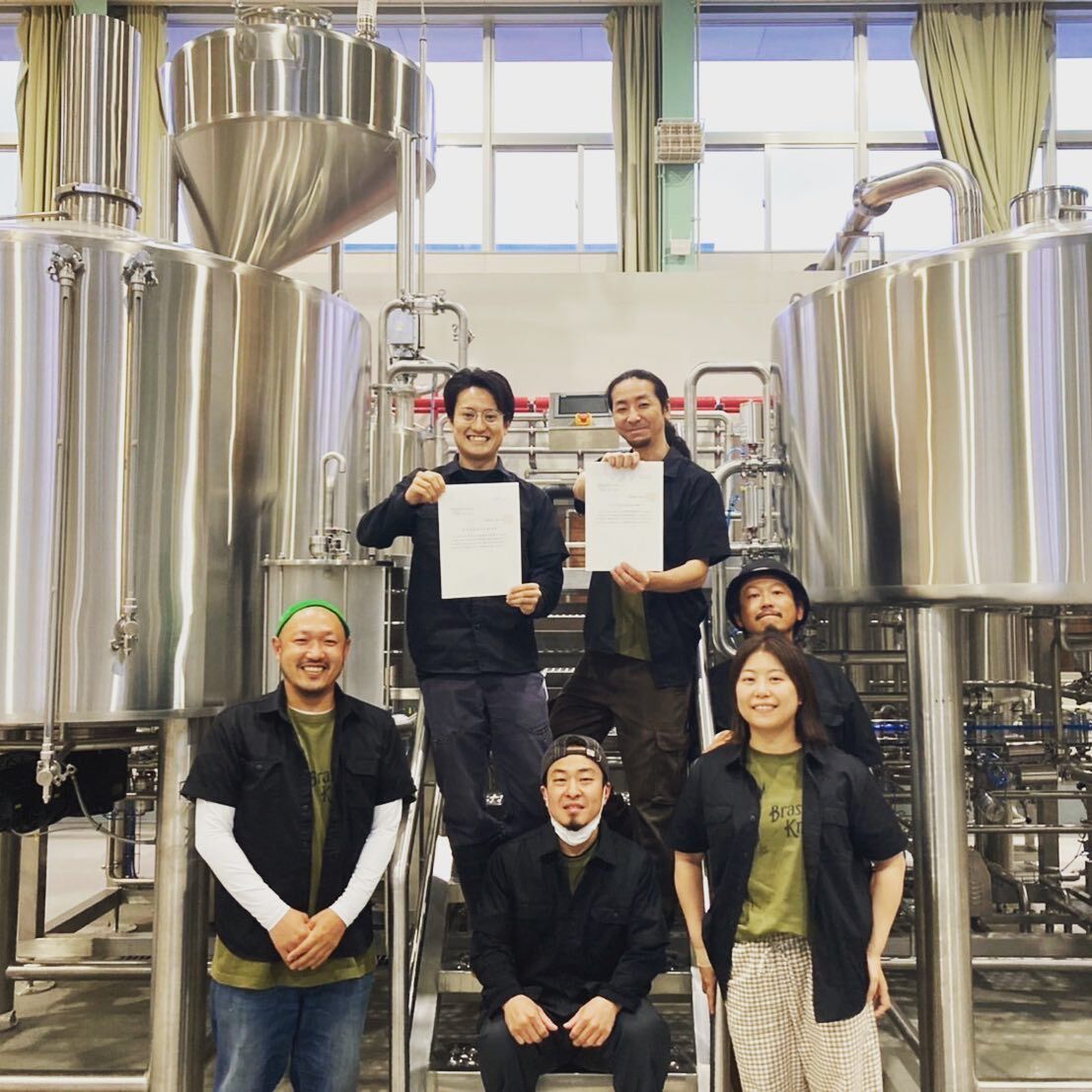Choosing The Appropriate Craft Brewery Equipment Is Important
Why Invest in Quality Brewery Equipment
So, you’re thinking about opening a craft brewery? That’s awesome! The dream of turning water, hops, malt, and yeast into a flavorful experience is something many beer lovers have entertained. But here’s the thing — great beer doesn’t just happen. It requires the right equipment. Think of quality brewery equipment like the engine of a high-performance car — you could have the flashiest exterior, but without the right machinery under the hood, you’re not going far.
Investing in high-quality brewing equipment isn’t just about efficiency (though that’s a big part). It also affects your consistency, safety, scalability, and even the taste of your beer. Poor equipment can introduce off-flavors, inefficiencies in brewing cycles, or even hazardous situations like pressure mishandling.
Plus, breweries that skimp on equipment often find themselves replacing parts prematurely. That’s more downtime, more money, and more frustration. When you choose durable, food-grade stainless steel systems, you’re building a foundation that can scale with your ambitions.
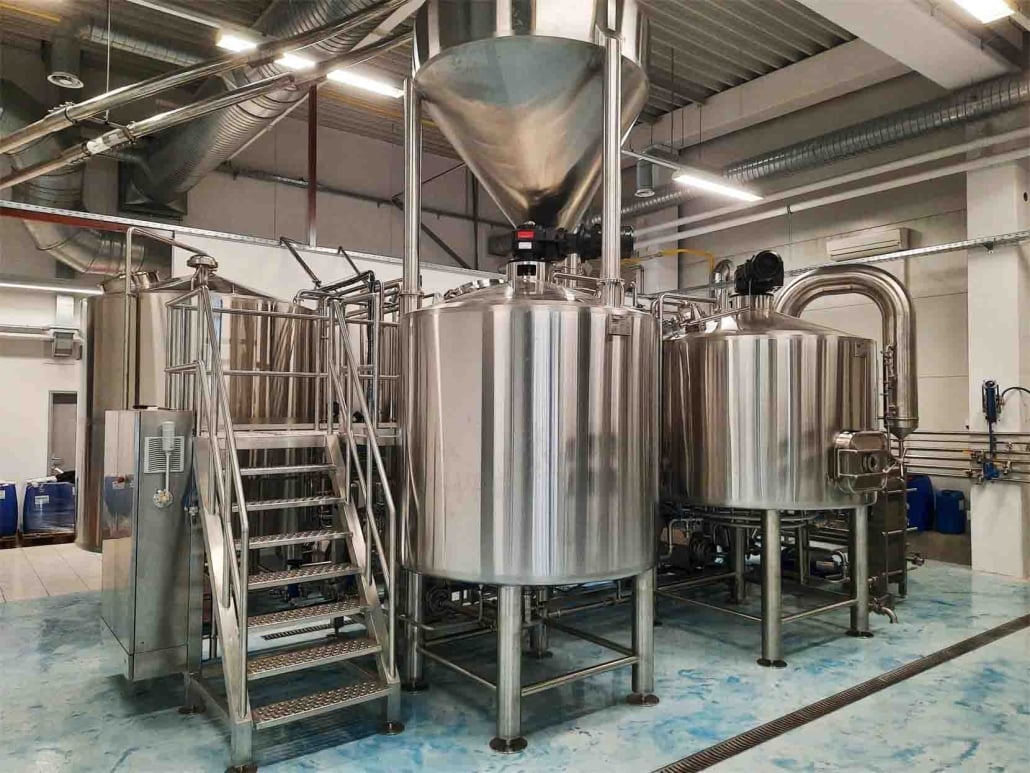
Types of Craft Brewery Equipment Available
The world of brewery equipment can feel like a maze at first, but it helps to break it down into stages of the brewing process. Every piece of equipment plays a role, like instruments in a symphony — they need to work in harmony to produce a masterpiece.
First up, there’s the mash tun. This is where your grains meet hot water to create a sweet liquid called wort. Then, there’s the lautering tun, which separates the wort from the spent grain. The brew kettle comes next — it’s where the wort is boiled and hops are added for bitterness and aroma.
Don’t forget the fermenters. These are the tanks where yeast does its magic, converting sugars into alcohol. Fermentation vessels come in various shapes and sizes — conical fermenters are the most popular for their efficiency in removing yeast.
Then there’s brite tanks, which are used for carbonation and storage before packaging. Some breweries use them for serving beer directly, especially in taprooms.
And let’s not overlook the utilities: pumps, heat exchangers, glycol chillers, and control panels. They’re the backstage crew making sure everything runs smoothly.
New vs. Used Brewery Equipment
Alright, let’s talk money. Starting a brewery isn’t cheap, and it’s tempting to cut corners. That’s where the “new vs. used” debate comes in. It’s like deciding between a brand-new car or a reliable used one. There are trade-offs.
New equipment brings peace of mind. It’s covered under warranty, built to modern specs, and designed for your specific needs. If you’ve got the budget, it can streamline your operations and reduce hiccups.
On the flip side, used equipment can be a lifesaver for startups. You’ll save thousands, and if you’re buying from a reputable source, you can get gear that’s been well-maintained. But there’s risk: equipment may be outdated, require refurbishing, or not fit perfectly into your space.
The trick? Do your homework. Get inspection records. Ask for test runs. Confirm compatibility with your brewing process and building layout.
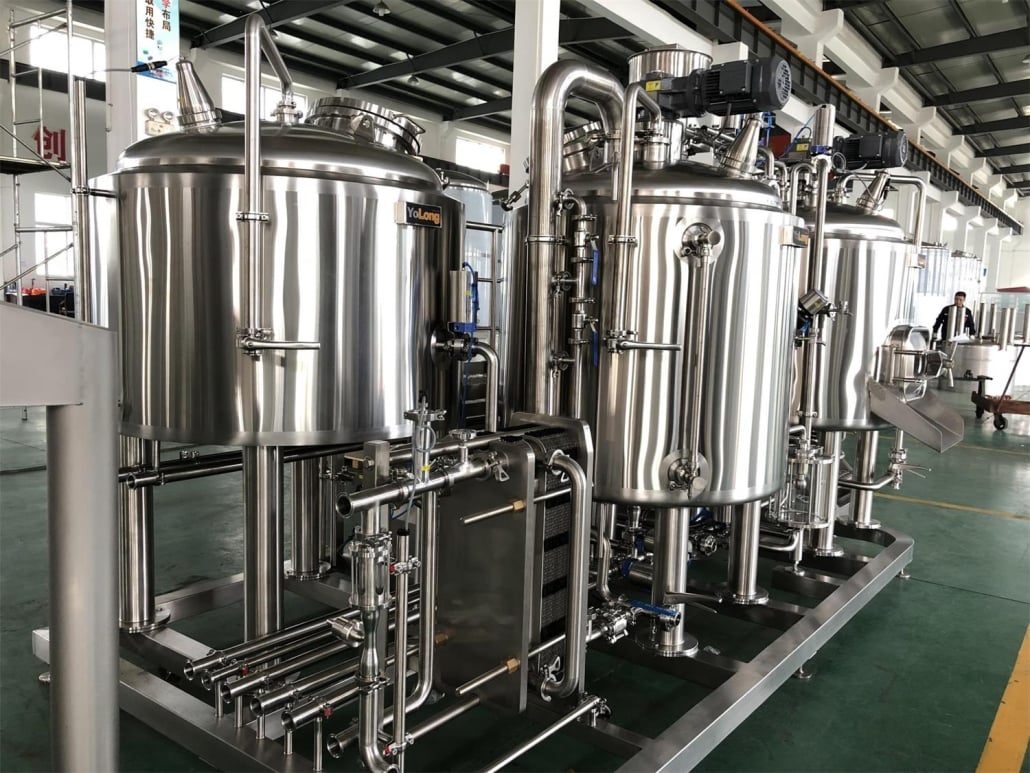
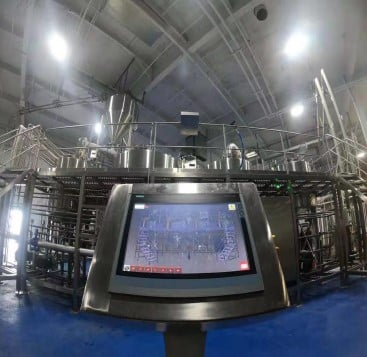
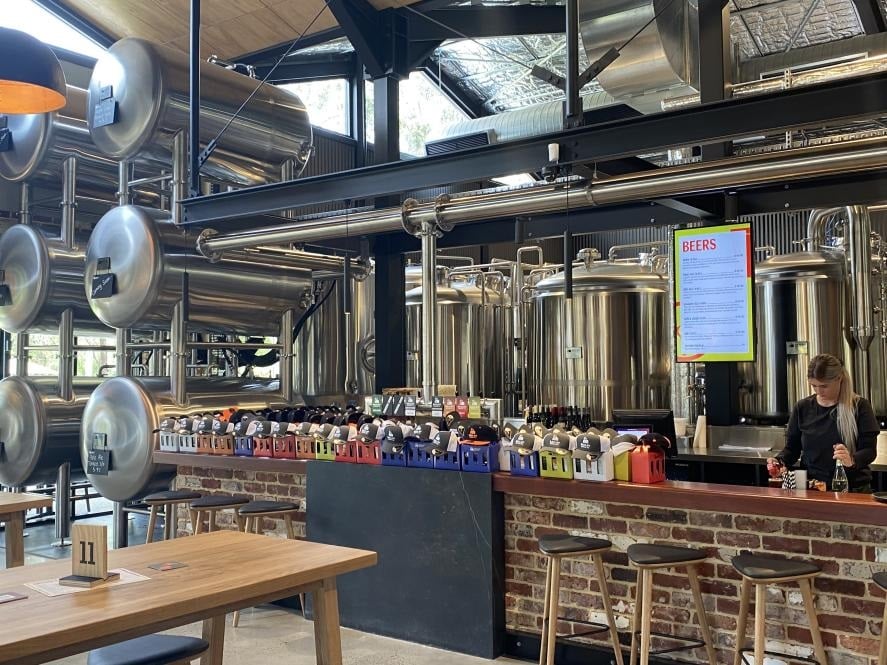
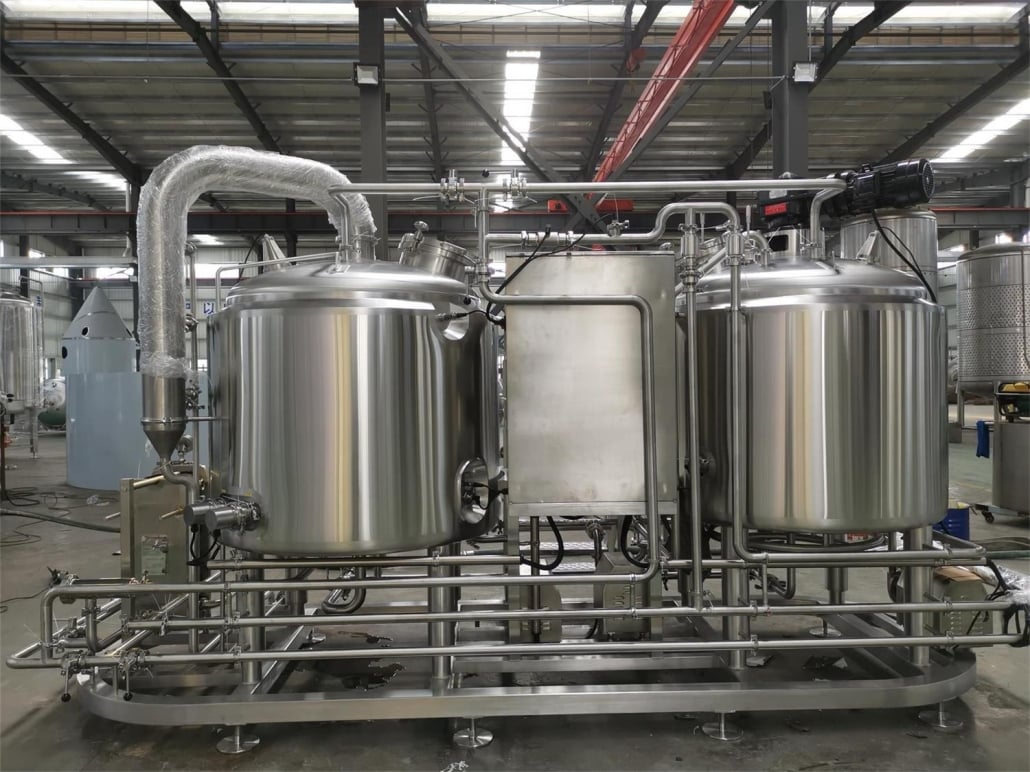
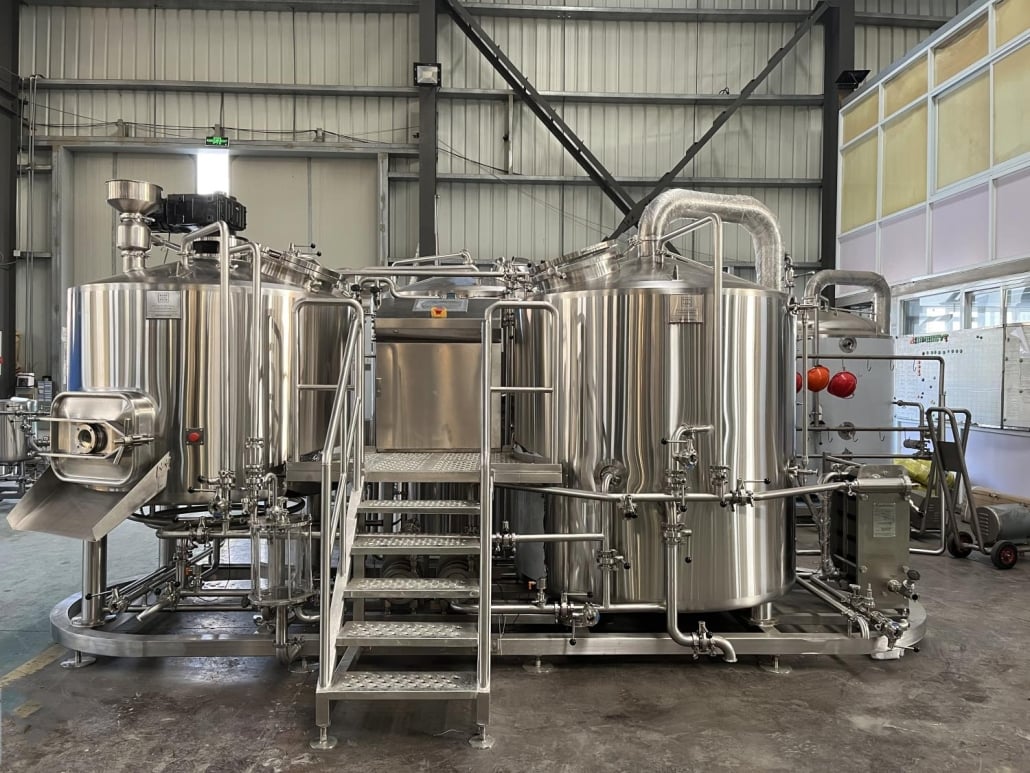
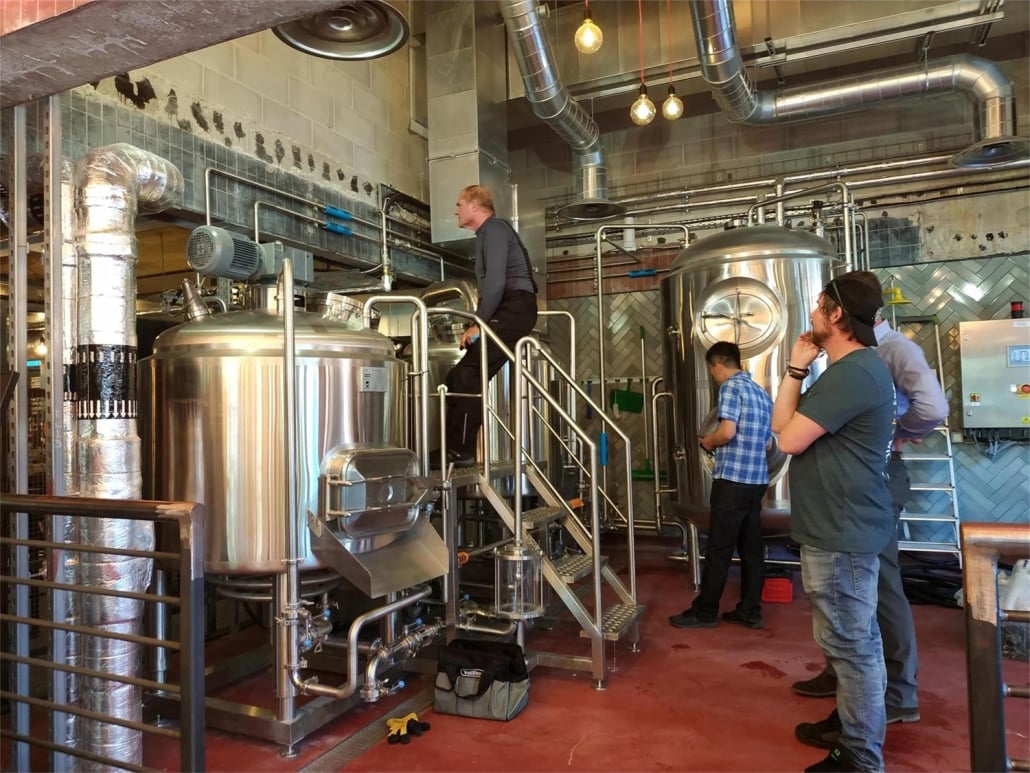
Turnkey Craft Brewery Systems Overview
Looking to get up and running fast? A turnkey system is your best friend. These packages come pre-configured and ready for installation, including all necessary components and sometimes even installation support. Here’s a comparison to help you understand what’s out there:
Comparison of Turnkey Craft Brewery Systems
| System Type | Capacity Range | Ideal For | Included Components | Price Range (USD) | Footprint Required |
|---|---|---|---|---|---|
| Nano Brewery Systems | 1–5 BBL | Small startups, test labs | Mash tun, kettle, fermenters, glycol unit, control panel | $20,000 – $80,000 | 200–500 sq ft |
| Microbrewery Systems | 5–15 BBL | Taprooms, brewpubs | Complete brewhouse, fermenters, brite tanks, chiller, pumps, HLT, CIP system | $75,000 – $250,000 | 500–1,200 sq ft |
| Commercial Brewery Systems | 15–50 BBL | Distribution-focused ops | Full automation, larger tanks, grain handling, kegging/canning line | $200,000 – $1M+ | 2,000+ sq ft |
Each level of system is tailored to specific business goals. If you’re running a cozy neighborhood taproom, a nano or microbrewery setup may suit you perfectly. Planning to scale and distribute? You’ll need the firepower of a larger commercial setup.
How to Choose the Right Equipment
Choosing the right brewery equipment isn’t just about specs — it’s about vision. Start by asking yourself a few simple but powerful questions: What kind of beer do you want to make? How much do you plan to produce daily? Who’s your audience?
Space is a major factor. Brewing systems take up more room than you think — especially when you factor in fermenters, utilities, storage, and walkways. Measure your space and leave room for future expansion.
Then there’s budget. Be honest about what you can afford now without sacrificing quality. You can always add tanks later as your business grows.
Consider the automation level you want. Manual systems offer more control and hands-on experience — great for passionate brewers. But automated systems free up time and ensure consistency, which can be a game changer in larger setups.
And don’t underestimate the value of supplier support. The best vendors offer installation help, training, and after-sales service. Trust me, you’ll need it.

FAQs
| Question | Answer |
|---|---|
| What is the minimum cost to start a craft brewery? | You can start with around $100,000, but larger systems may require $500,000 or more. |
| How long does brewery equipment last? | Quality stainless steel systems can last 20–30 years with proper maintenance. |
| Can I upgrade my system later? | Yes! Most systems are modular and can scale as your brewery grows. |
| Do I need a license before buying equipment? | Technically no, but you’ll need federal and state licenses before brewing commercially. |
| Is it better to lease or buy brewery equipment? | Buying is better long-term; leasing offers flexibility if you’re testing the waters. |
| How big should my brewhouse be? | Depends on your production goals. Nano = small batch, commercial = high volume. |
| What utilities do I need to support a brewhouse? | Water, gas/electricity, drainage, steam generation, glycol chilling system, ventilation. |
| Should I hire a consultant when starting? | It’s smart if you’re new. A consultant can help avoid costly mistakes in layout and design. |
Share this entry
Interested in learning more about Brewing Systems including additional details and pricing information? Please use the form below to contact us!
YOLONG BREWERY EQUIPMENT FAQS
- Commercial Brewery / Craft Brewery / Microbrewery / Nanobrewery
- What is The Difference Between Craft Beer and Industrial Beer?
- The Bespoke Differences In Custom Brewing Systems
- Everything You Need to Know About Kettle Souring
- How to Choose Brewing Equipment for Your business?
- How To Choose The-Best Partner To Build Your Commercial Microbrewing System?
- Two Detection Sensors That You Need To Use In Your Brewhouse System
- Remote Control Applications in Brewing Equipment/How does it work?
- How To Clean Your Brand New Brewery Tanks?

